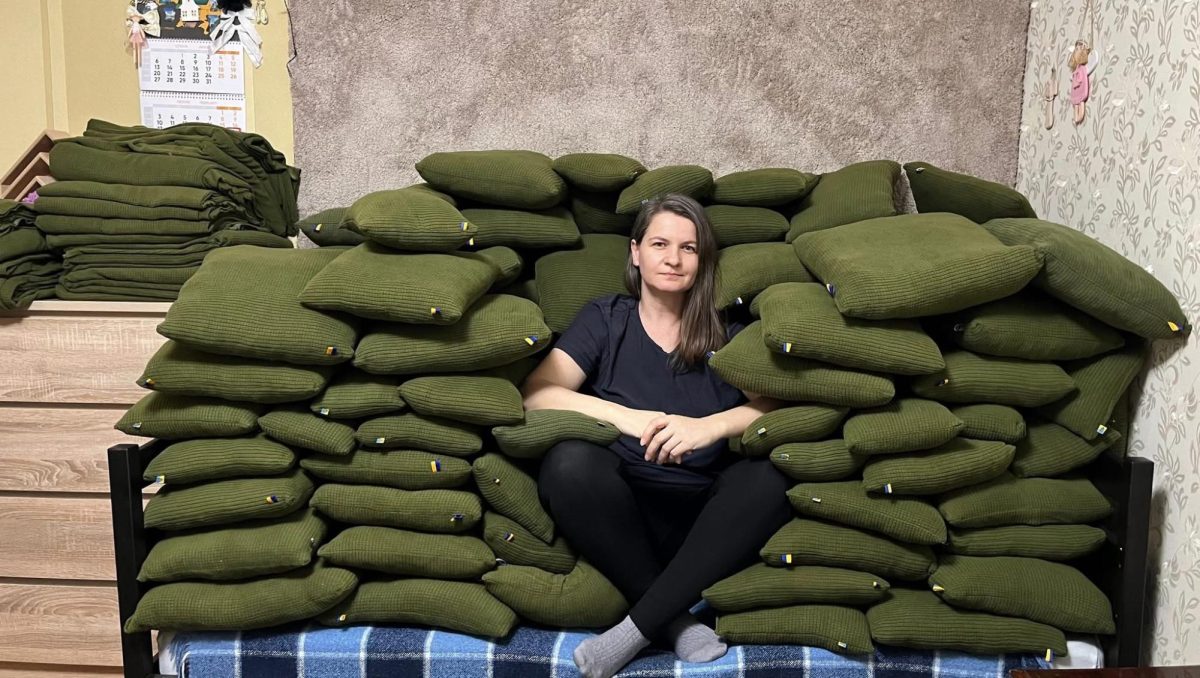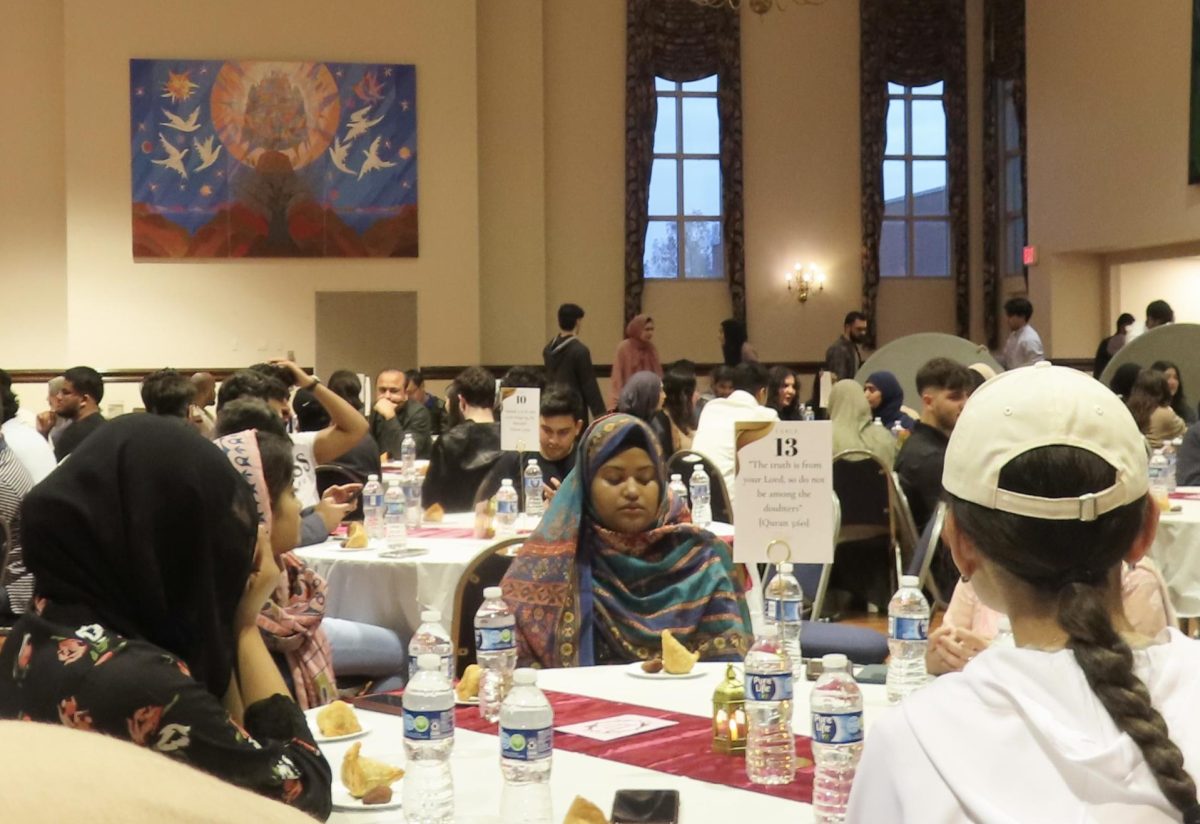In an effort to find a new treatment for malaria, Saint Louis University researchers are teaming up with researchers in China to embark upon a new project.
The collaboration began a result of a friendship between David Griggs and Mickey Torterella, both of whom worked for many years as researchers at Pfizer, Inc. Torterella moved on to a position as the vice president of research at Guangzhou Institutes of Biomedicine and Health (GIBH). Griggs approached Torterella with the idea of working with scientists at SLU and a partnership was formed.
The new team decided to focus on treating malaria. This plan developed early on in the conversation, according to Griggs. Griggs is the director of cell and molecular biology activities on the project.
“I knew GIBH was interested in malaria and that we were going to be working in that area as well,” he said.
This research is following the discovery of a new enzyme related to malaria by Daniel Goldberg, a doctor and professor at Washington University in St. Louis. Goldberg has since joined the team at SLU in their work.
“We’re looking for a good drug that would react with this enzyme target,” Marv Meyers, the project leader said. “The target’s been identified, but we don’t have any good compounds.”
Research has been going on for between four and five months, and the work has been divided between the two locations. Researchers at SLU are focusing on generating proteins to produce compounds, while the researchers in China are trying to synthesize compounds that can kill parasites. This treatment will be administered in pill form should it prove successful.
There is no expected timeframe for the project to be completed. Peter Ruminski, executive director of SLU’s Center for World Health & Medicine, stated the project will last as long as it takes to find something.
“If we find compounds that inhibit the enzyme, but we don’t kill it, the project will be over,” Meyers said.
Meyers figures the project will last a year or two, but hopes that, given success, it can go on longer and lead to practical medicinal use.
“The key short-term goal would be identifying the compound that would inhibit the enzyme that would actually kill malaria parasites in a well,” Meyers said.
After identifying the compound, the team would move on to a mouse modeled malaria, called a “proof of concept” study, and from there could eventually try to apply the product to humans.
Regular meetings are held between locations with the help of Skype. The whole project team meets once a month at 6:30 a.m., and chemistry-centered calls are held twice a week at 8:30 p.m.
“We try to make it equally convenient or inconvenient,” Meyers said.
According to Ruminski the communication is working very well. “It certainly helps having a colleague over there.”
He hopes that a successful partnership on this issue could lead to work on other diseases and that the cooperation can be maintained for years to come.









